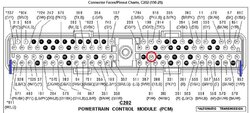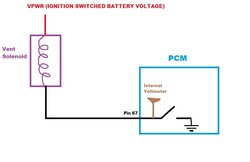- Joined
- April 3, 2008
- Messages
- 3,379
- Reaction score
- 1,051
- City, State
- Gloucester City, NJ
- Year, Model & Trim Level
- 98 2Dr,2,000 & 04 4dr xlt
Iac
IAC duty cycle should be 30-34% on a fully warmed up engine at Idle for your 1996 Explorer 5.0L
TPS Voltage should be .53-1.27 Key On Engine Off. That's just the range according to ford specs.
I believe most TPS readings are about .9-1 volt at warm Idle running.









